New details about the assassination of Iranian top nuclear scientist Mohsen Fakhrizadeh in November were revealed in a New York Times report over the weekend.
On his last day on earth, Fakhrizadeh woke up early, like he usually did, to study Islamic philosophy before his day began. His schedule on that fateful Friday included driving with his wife from their vacation home in the Caspian Sea to their country home in Absard, a town east of Tehran.
Fakrizadeh had been in Israel’s crosshairs for 14 years and his security detail had repeatedly warned him to travel only via his bodyguards in an armored vehicle, but he scoffed at their advice, preferring to live a normal life. Plus, as the report said, “there had been so many threats and plots that he no longer paid them much attention.”
What Fakhrizadeh was blissfully unaware of that day was that Iranian agents working for the Israeli Mossad had parked a blue pickup truck on the side of the road between Absard and the main highway.
When the hit team received a message that Fakhrizadeh and his security guards in escort cars were about to leave for Absard, the assassin got into position and cocked the weapon — from over 1,000 miles away. The assassin was nowhere near the pickup truck on the way to Absard and in fact, was no longer even in Iran. Instead, he was staring at a computer screen in an unknown location over 1,000 miles away.
Unlike the media reports from Iran after the assassination, there were no gun battles between dozens of attackers and Fakhrizadeh’s security guards, and there was no one killed apart from Mr. Fakhrizadeh himself, who was eliminated via a remote-controlled “killer robot.”
In preparation for the operation, the Mossad selected a special model of a Belgian-made FN MAG machine gun attached to an advanced robotic apparatus, an intelligence official told The Times. The machine gun, the robot and all its accessories, which weighed about a ton, was divided into its smallest possible parts and smuggled into Iran one by one. After all the components safely arrived in the Islamic Republic, the machine gun and robot were reassembled.
The robot was assembled to fit into the bed of a pickup truck, on which multi-directional cameras were mounted. The truck was also filled with explosives so it could be detonated immediately after the assassination, destroying all evidence.
The convoy was led by an armored security car followed by Fakhrizadeh’s personal unarmored car, which he stubbornly insisted on driving himself, with his wife by his side. His car was followed by two more armored cars.
When the convoy slowed down for a speed bump right before the parked blue pickup truck, a burst of bullets suddenly hit the front of Fakhrizadeh’s car below the windshield. It is unclear if those shots hit him but his car ground to a halt. Another burst of bullets then hit the windshield at least three times and hit Fakhrizadeh at least once in the shoulder, who then exited the car and crouched behind the open front door. Three more bullets then hit his spine and ended his life.
Not one bullet hit Fakhrizadeh’s wife.
The bodyguards who ran out of the armored car with cocked rifles looked around confused. No gunmen were in sight.
The blue pickup truck then exploded.
The explosion was the only part of the operation that didn’t succeed without a hitch. Instead of the robot being pulverized, it was thrown in the air and then fell to the ground. It was badly damaged but mostly intact, enabling the Iranians to understand how an assassination occurred with no assassins.
The entire operation, during which 15 bullets were fired, took less than one minute.
(YWN Israel Desk – Jerusalem)


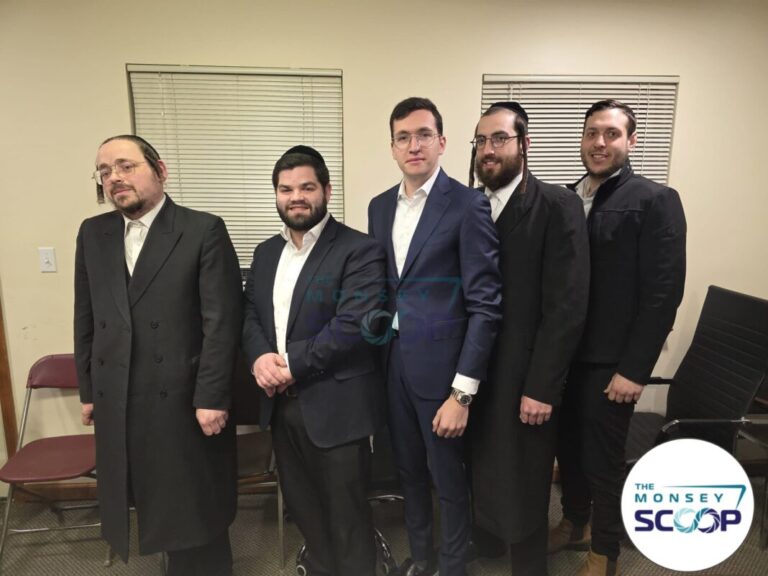
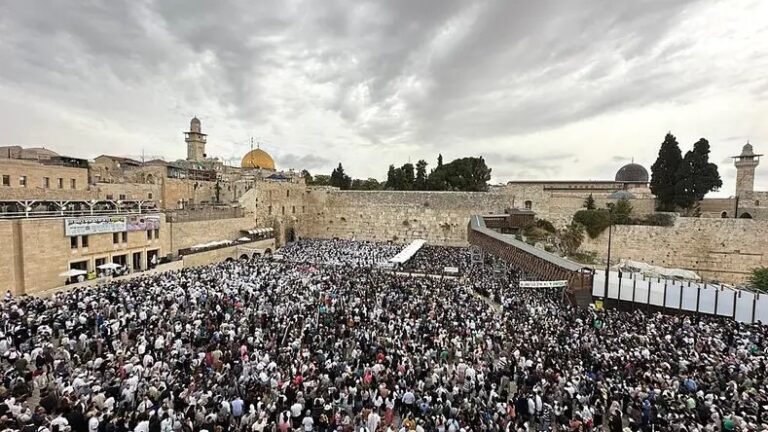


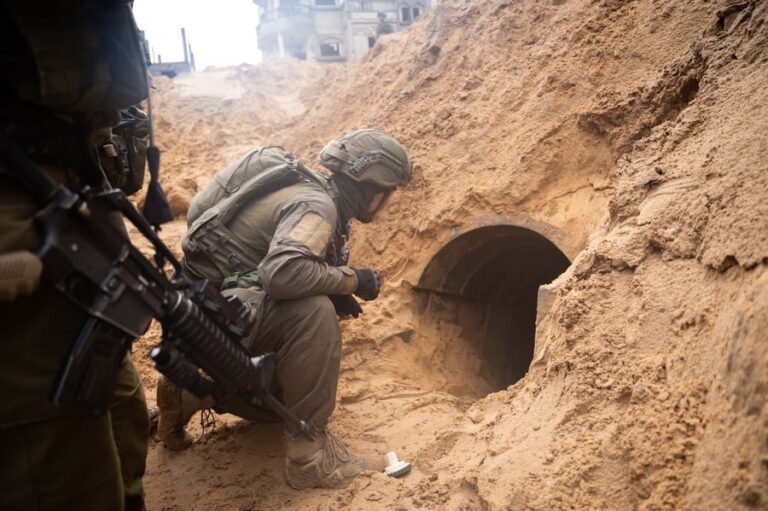
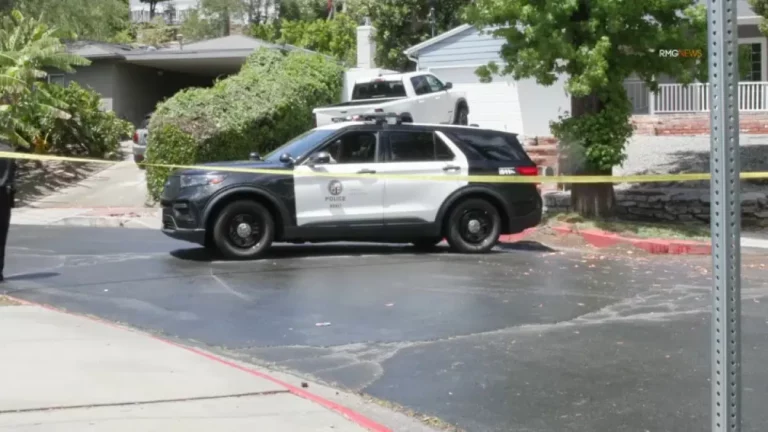
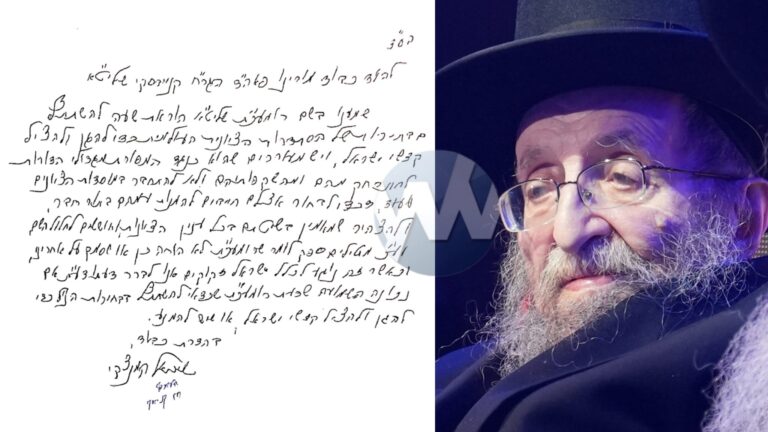

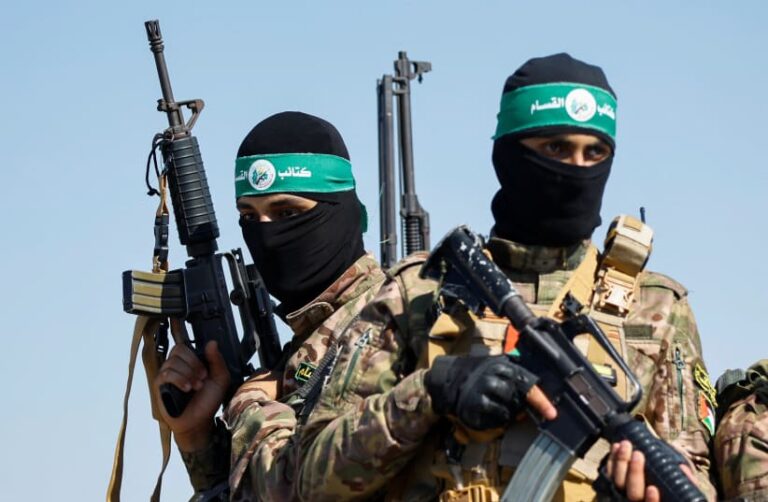

One Response
Nothing new. The BBC reported this shortly after the assassination.